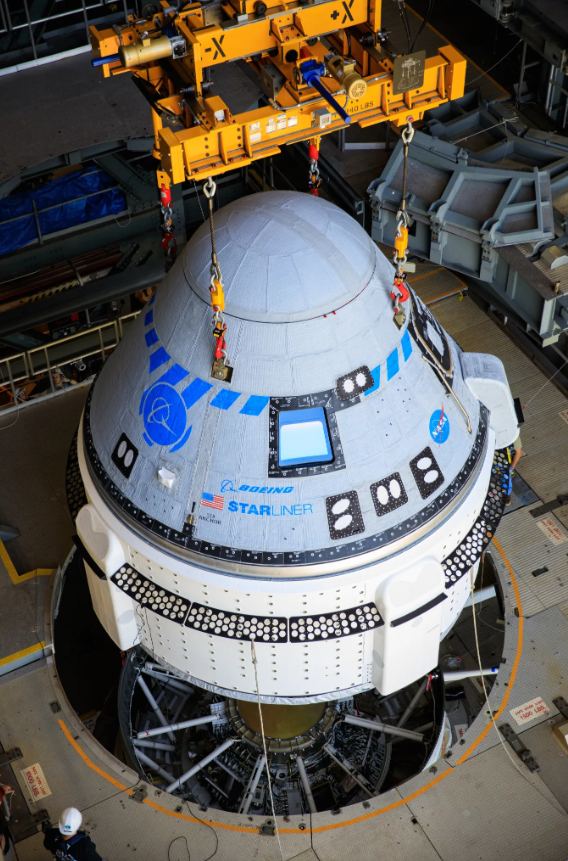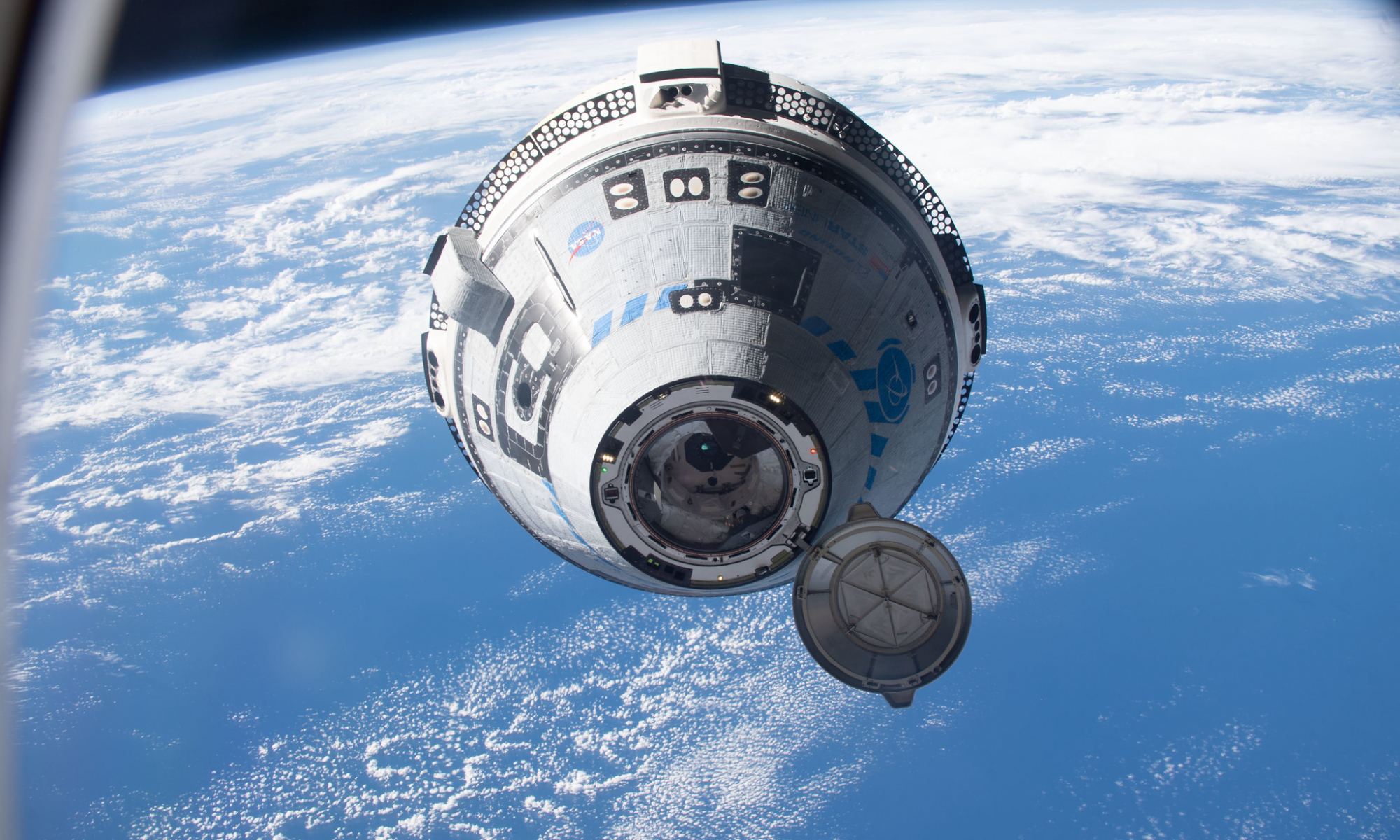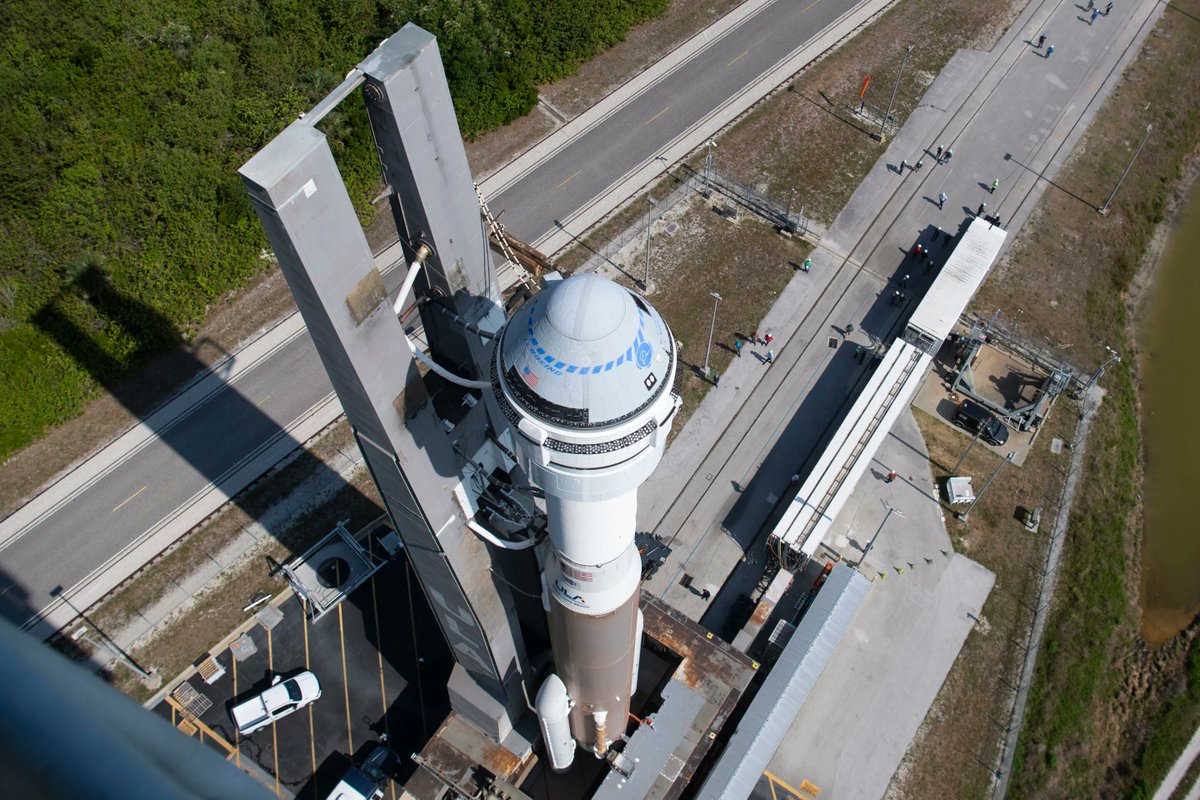As part of the Commercial Crew Program (CCP), NASA contracted with commercial space partners to develop crew-capable spacecraft to restore domestic launch capability to U.S. soil. In addition to SpaceX’s Crew Dragon vehicle, which was validated in 2020 and has been transporting crews to the International Space Station (ISS) ever since. Concurrently, Boeing developed the CT-100 Starliner, which has suffered a seemingly endless string of technical issues and delays. After undergoing a long checklist of fixes, the Starliner completed its first orbital flight test (OFT-1) in May 2022.
The Starliner then made its first crewed flight to the ISS on June 5th, 2024, carrying two astronauts – Butch Wilmore and Sunita Williams. Unfortunately, malfunctions with the spacecraft’s RCS thrusters have forced it to remain in orbit until the necessary fixes were made. In addition to its thrusters, astronaut Butch Wilmore identified a strange pulsing sound coming from the Starliner crew capsule. That sound has since been identified as feedback from one of the capsule’s speakers, apparently due to an audio configuration between the ISS and Starliner.
Continue reading “There Was a Strange Sound Coming From Starliner. It Was Caused by a Speaker in the Capsule”










